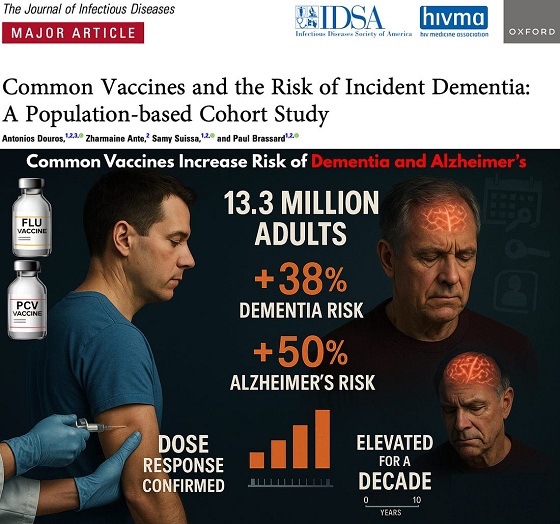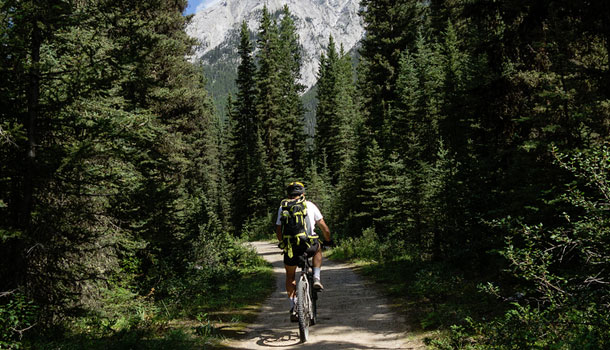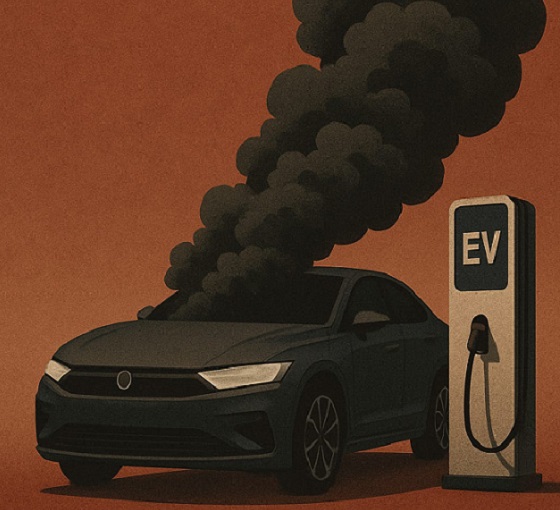Opinion
PBO Report Reveals Trudeau’s Carbon Tax Crushes Middle-Class Canadians
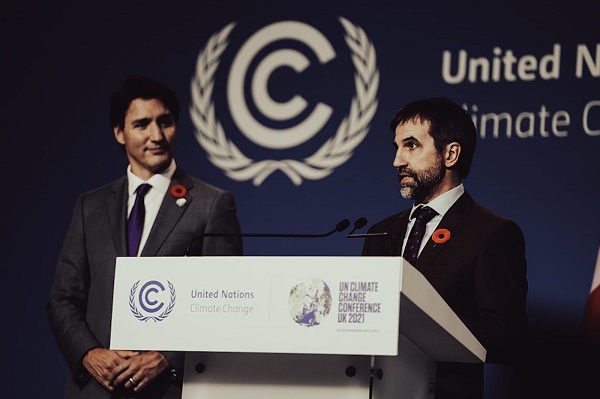
PBO Report Exposes Trudeau’s Carbon Tax as a Middle-Class Burden, With Net Economic Losses, Crushed Job Prospects, and Hollow Rebates
In a bombshell report dated October 10, 2024, the Parliamentary Budget Officer (PBO) exposes the cold reality of Trudeau’s carbon tax policy: it’s making life harder for middle-class Canadians. While the Prime Minister continues to tout the virtues of his climate plan, the PBO’s findings show that far from protecting the environment, the federal fuel charge is crippling Canadian families—especially those in the middle income brackets.
Let’s be clear: Trudeau’s carbon tax isn’t just a simple “polluter pays” system. According to the PBO’s distributional analysis of the federal fuel charge, average Canadian households will face substantial net economic costs by 2030, despite government-issued rebates. Trudeau loves to parade the fact that Canadians get rebates through the Canada Carbon Rebate (CCR), but the numbers tell a different story when you dig into the real economic impact.
The Middle-Class Burden
For middle-class Canadians, the so-called “climate action” of the Trudeau government comes with serious consequences. By 2030-31, the carbon price will hit $170 per tonne, with devastating effects on household incomes. Even though rebates are supposed to offset the pain, the PBO’s analysis shows that once you factor in the economic fallout—job losses, reduced wages, and weaker investments—middle-class families end up worse off.
For example, in Ontario, a province Trudeau regularly visits to promote his policies, middle-income households will face steep costs. According to the PBO, households in the third quintile (middle income) will see $588 in net costs—and that’s just after factoring in rebates. When you look at the combined hit from job losses and reduced income, the overall financial burden for middle-class families grows even larger.
In Saskatchewan, things are even more dire. The average household in the third income quintile will suffer from a $1,205 net loss by 2030-31. For working families who depend on stable employment in energy, agriculture, and manufacturing, this tax punishes them more than it rewards them.
Trudeau’s Rebate Shell Game
Trudeau’s government spins the carbon rebate as some kind of economic miracle, suggesting families get back more than they pay. But as the PBO’s report shows, this claim is little more than political smoke and mirrors. The rebates might look good on paper for the lowest-income Canadians, but for everyone else—especially middle-income earners—it’s a losing game.
Even with rebates factored in, the economic damage of Trudeau’s carbon tax results in net losses for most families. By 2030, the federal fuel charge will contribute to an overall reduction of 0.6% in real GDP across the backstop provinces, which excludes Quebec and British Columbia. Middle-class families are stuck dealing with reduced employment opportunities, lower investment incomes, and weaker wage growth—all while Trudeau’s elite friends and the liberal establishment pat themselves on the back for “going green”.
Crushing Investments and Jobs
What Trudeau doesn’t want you to know is that this tax doesn’t just hurt family finances. It’s killing jobs. The PBO report shows that by 2030, the carbon tax will reduce capital income—that’s the money people earn from investments—by as much as 2.4% in provinces like Alberta. Worse, it will slash labor income—the wages people depend on—by over 1.4% in places like Saskatchewan. That’s devastating for middle-income earners whose livelihoods depend on industries targeted by the Liberals’ climate agenda.
While low-income Canadians might see minimal gains from Trudeau’s rebates, middle-class families face the harsh reality of stagnant wages, diminished savings, and a lack of economic opportunity. Trudeau’s tax isn’t just a burden on polluters, it’s a punishment for working Canadians trying to get by.
A Failed Experiment – Just Look at British Columbia
If you want to see where Trudeau’s carbon tax will lead, just look at British Columbia. They’ve had a carbon tax since 2008, and it hasn’t stopped a single wildfire, flood, or heat dome. Did that carbon tax prevent the devastating atmospheric river? Not a chance. This so-called climate solution has done nothing to shield British Columbians from environmental disasters.
Even worse, while the federal government has been collecting billions in carbon tax revenue, they’ve neglected to address the fuel buildup in forests around places like Jasper. For years, experts have warned about the dangers, and yet not a dime of that tax money was spent on controlled burns or preventive measures. The result? Our beautiful Jasper National Park was left to burn. Trudeau and his government couldn’t save our park, they couldn’t save our forests, and they certainly couldn’t save Jasper.
A Sacrifice for Nothing
My fellow Canadians, governments have been trying to control the weather since the dawn of time. Ancient civilizations sacrificed animals to the gods, hoping for good weather. Today, the sacrifice is your money. Yesterday, it was a goat to Zeus; today, it’s a carbon tax to Trudeau. In the end, it’s just another way for the government to take from you, promising it will fix things it simply cannot control.
But here’s the truth: this tax won’t change the climate, won’t stop the floods, and certainly won’t bring back our forests. The only thing it’s doing is draining your household to feed a bloated government. The PBO report is clear: Trudeau’s carbon tax is hurting middle-class families while delivering nothing in return.
Subscribe to The Opposition with Dan Knight . For the full experience, upgrade your subscription.
Frontier Centre for Public Policy
Canada Lets Child-Porn Offenders Off Easy While Targeting Bible Believers

From the Fr0ntier Centre for Public Policy
By Lee Harding
Judges struck down one-year minimum prison sentences for child pornography possession. Meanwhile, the chair of the Parliamentary Human Rights Committee publicly stated that religious scriptures condemning homosexuality are “hateful.” Lee Harding says the 1982 Charter has led to an inversion of Canadian values.
Light sentences for child-porn possession collide with federal signals that biblical texts could be prosecuted as hate
Was Canada’s 1982 Charter meant to condemn the Bible as hate literature or to weaken sentencing for child pornography? Like it or not, that is the direction post-Charter Canada is moving.
For Halloween, the black-robed justices at the Supreme Court of Canada ruled that a one-year mandatory sentence for accessing or possessing child sexual abuse materials amounted to “cruel and unusual punishment.” The judgment upheld a similar ruling from the Quebec Court of Appeal.
A narrow 5-4 majority leaned on a hypothetical. If an 18-year-old received a sexually explicit image from a 17-year-old girlfriend, that image would technically be child porn. If prosecuted, the recipient could face a one-year minimum sentence. On that basis, the judges rejected the entire minimum sentence law.
But the real case before them was far more disturbing. Two Quebec men possessed images and videos that were clearly the result of abuse. One had 317 unique images of child porn, with 90 per cent showing girls aged three to six years old forced into penetration and sodomy by adults or other minors. The other had 531 images and 274 videos of girls aged five to 10 engaged in sexual acts, including anal and vaginal penetration and, in some cases, multiple children.
The sentences were light. The first offender received 90 days of intermittent imprisonment, served concurrently, plus 24 months of probation. The second received nine months of imprisonment and the same probation period. How is this acceptable?
The judgment did not emerge without warning. Daniel A. Lang, a Liberal campaign chair appointed to the Senate by Lester B. Pearson, saw this coming more than 40 years ago. On April 23, 1981, he expressed concerns that the new Constitution could be used to erode basic decency laws. He pointed to the U.S. experience and predicted that Canada could face a wave of cases challenging laws on “obscenity, pornography and freedom of speech,” leading to the “negation of federal or provincial legislation.”
His warning has come true. If Parliament wants to restore mandatory minimum sentences, it can do so by passing a new law that removes the obscure scenario judges used to strike them down. Section 33, the notwithstanding clause, gives elected officials the power to override court rulings for up to five years at a time.
This reflects Canada’s own system. In the British tradition Canada inherited, Parliament—not the courts—is the ultimate authority. British common law developed over centuries through conventions and precedents shaped by elected lawmakers. Section 33 protects that balance by ensuring Parliament can still act when judges disagree.
There is a democratic check as well. If a government uses Section 33 and voters believe it made the wrong call, they can remove that government at the next election. A new government can then follow the judges’ views or let the old law expire after five years. That accountability is precisely why Section 33 strengthens democracy rather than weakening it.
Yet today, Ottawa is working to limit that safeguard. In September, the Carney Liberals asked the Supreme Court to rule on new limits to how legislatures can use Section 33. Five premiers wrote to Carney to oppose the move. Former Newfoundland and Labrador premier Brian Peckford, the last living signatory to the agreement that produced the 1982 Constitution Act, has also condemned the attempt as wrongful.
The judges will likely approve the new limits. Why would they refuse a chance to narrow the one tool elected governments have to get around their rulings? For decades, the Supreme Court has made a habit of striking down laws, telling Parliament it is wrong and forcing political change.
And while minimum sentences for child-porn offenders fall, the Carney cabinet is focused on something else entirely: prosecuting Bible believers for alleged hate.
The quiet part was said out loud by Montreal lawyer Marc Miller, former minister of immigration and citizenship and chair of the Parliamentary Human Rights Committee. On Oct. 30, he told the committee, “In Leviticus, Deuteronomy, Romans, there’s other passages, there’s clear hatred towards, for example, homosexuals.”
The former minister added, “There should perhaps be discretion for prosecutors to press charges … [T]here are clearly passages in religious texts that are clearly hateful.”
That is the former minister’s view. Instead of Bible thumpers, we now have Charter thumpers who use their “sacred” document to justify whatever interpretation suits their cause and wield it against their ideological opponents. When wokeness hardens into dogma, disagreement becomes heresy. And we know what happens to heretics.
A country that lets child-porn offenders off easy while it hunts down Bible believers for fines and possible prison has lost its way. Most Canadians would reject this trade-off, but their rulers do not, whether in cabinet or on the judges’ bench. A dark shadow is settling over the country.
Lee Harding is a research fellow for the Frontier Centre for Public Policy
Automotive
Ford’s EV Fiasco Fallout Hits Hard


From the Daily Caller News Foundation
I’ve written frequently here in recent years about the financial fiasco that has hit Ford Motor Company and other big U.S. carmakers who made the fateful decision to go in whole hog in 2021 to feed at the federal subsidy trough wrought on the U.S. economy by the Joe Biden autopen presidency. It was crony capitalism writ large, federal rent seeking on the grandest scale in U.S. history, and only now are the chickens coming home to roost.
Ford announced on Monday that it will be forced to take $19.5 billion in special charges as its management team embarks on a corporate reorganization in a desperate attempt to unwind the financial carnage caused by its failed strategies and investments in the electric vehicles space since 2022.
Cancelled is the Ford F-150 Lightning, the full-size electric pickup that few could afford and fewer wanted to buy, along with planned introductions of a second pricey pickup and fully electric vans and commercial vehicles. Ford will apparently keep making its costly Mustang Mach-E EV while adjusting the car’s features and price to try to make it more competitive. There will be a shift to making more hybrid models and introducing new lines of cheaper EVs and what the company calls “extended range electric vehicles,” or EREVs, which attach a gas-fueled generator to recharge the EV batteries while the car is being driven.
Dear Readers:
As a nonprofit, we are dependent on the generosity of our readers.
Please consider making a small donation of any amount here.
Thank you!
“The $50k, $60k, $70k EVs just weren’t selling; We’re following customers to where the market is,” Farley said. “We’re going to build up our whole lineup of hybrids. It’s gonna be better for the company’s profitability, shareholders and a lot of new American jobs. These really expensive $70k electric trucks, as much as I love the product, they didn’t make sense. But an EREV that goes 700 miles on a tank of gas, for 90% of the time is all-electric, that EREV is a better solution for a Lightning than the current all-electric Lightning.”
It all makes sense to Mr. Farley, but one wonders how much longer the company’s investors will tolerate his presence atop the corporate management pyramid if the company’s financial fortunes don’t turn around fast.
To Ford’s and Farley’s credit, the company has, unlike some of its competitors (GM, for example), been quite transparent in publicly revealing the massive losses it has accumulated in its EV projects since 2022. The company has reported its EV enterprise as a separate business unit called Model-E on its financial filings, enabling everyone to witness its somewhat amazing escalating EV-related losses since 2022:
• 2022 – Net loss of $2.2 billion
• 2023 – Net loss of $4.7 billion
• 2024 – Net loss of $5.1 billion
Add in the company’s $3.6 billion in losses recorded across the first three quarters of 2025, and you arrive at a total of $15.6 billion net losses on EV-related projects and processes in less than four calendar years. Add to that the financial carnage detailed in Monday’s announcement and the damage from the company’s financial electric boogaloo escalates to well above $30 billion with Q4 2025’s damage still to be added to the total.
Ford and Farley have benefited from the fact that the company’s lineup of gas-and-diesel powered cars have remained strongly profitable, resulting in overall corporate profits each year despite the huge EV-related losses. It is also fair to point out that all car companies were under heavy pressure from the Biden government to either produce battery electric vehicles or be penalized by onerous federal regulations.
Now, with the Trump administration rescinding Biden’s harsh mandates and canceling the absurdly unattainable fleet mileage requirements, Ford and other companies will be free to make cars Americans actually want to buy. Better late than never, as they say, but the financial fallout from it all is likely just beginning to be made public.
- David Blackmon is an energy writer and consultant based in Texas. He spent 40 years in the oil and gas business, where he specialized in public policy and communications.
-

 Community2 days ago
Community2 days agoCharitable giving on the decline in Canada
-
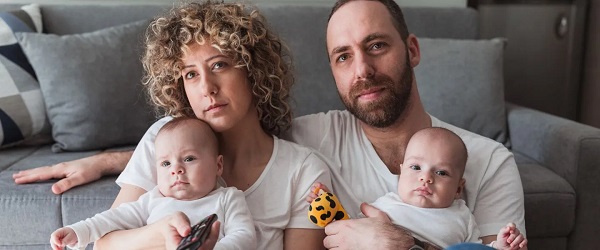
 Business2 days ago
Business2 days agoCanada’s recent economic growth performance has been awful
-

 Alberta2 days ago
Alberta2 days agoCanada’s New Green Deal
-

 armed forces2 days ago
armed forces2 days agoOttawa’s Newly Released Defence Plan Crosses a Dangerous Line
-
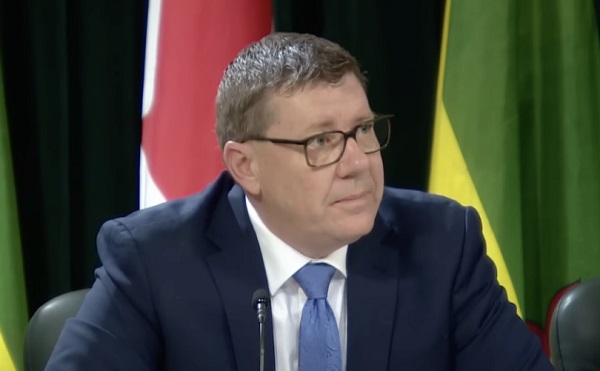
 Health1 day ago
Health1 day agoSaskatchewan woman approved for euthanasia urged to seek medical help in Canada rather than US
-
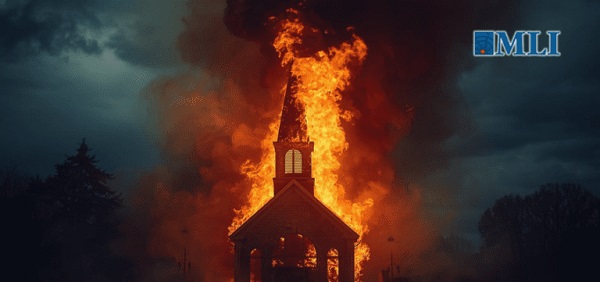
 Indigenous1 day ago
Indigenous1 day agoResidential school burials controversy continues to fuel wave of church arsons, new data suggests
-

 Alberta1 day ago
Alberta1 day agoAlberta’s huge oil sands reserves dwarf U.S. shale
-
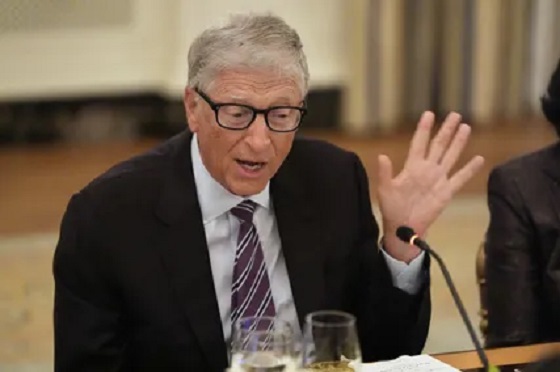
 Business2 days ago
Business2 days agoCOP30 finally admits what resource workers already knew: prosperity and lower emissions must go hand in hand





